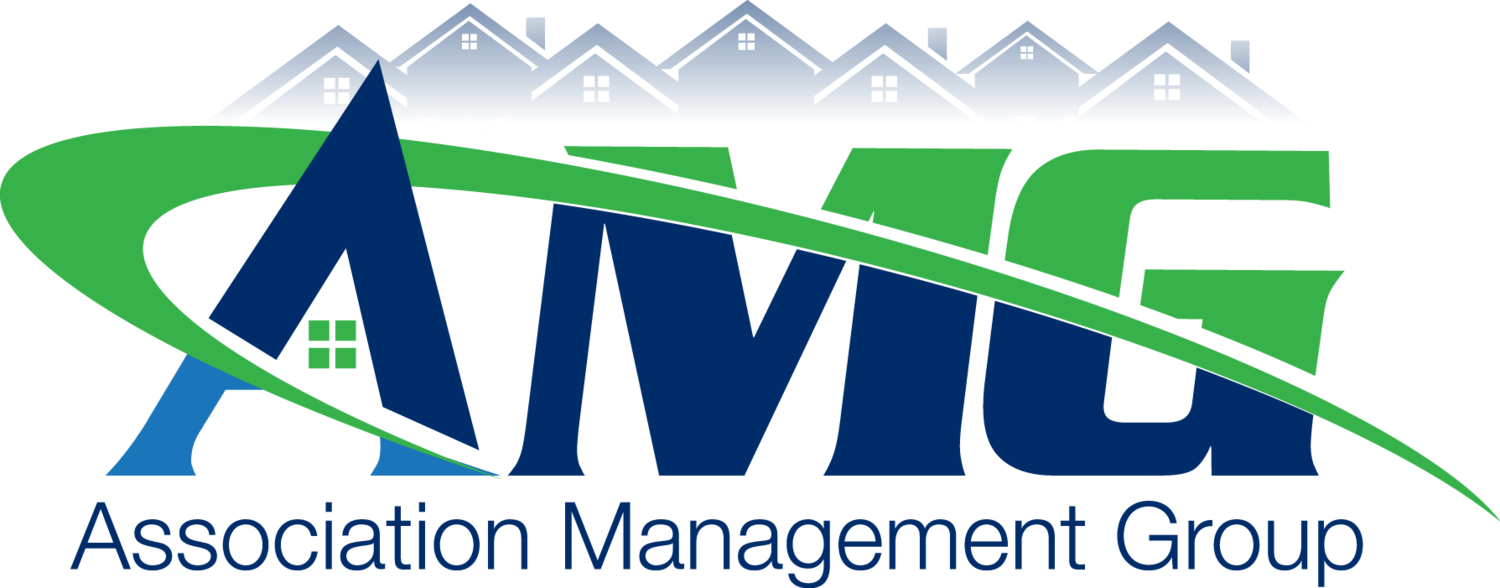Effective communication: 8 tips for delivering clear messages with empathy and respect
/This article was originally published on June 6, 2025 by Jennifer Miller for Community Association Institute as a contribution.
In this era of unpredictability and high stress, effective communication — paired with its thoughtful planning and execution — is a core skill that can help smooth the path for community association board members, managers, and residents.
“Communicating effectively is the first basis of any relationship in associations or in any business,” says Wendy Taylor, CMCA, AMS, LSM, PCAM, a CAI faculty member and consultant with Management Matters in Boca Raton, Fla.
Community association boards, managers, and residents can build effective communication skills and improve relationships and interactions by following the tips below.
Start by perfecting communication between the board and manager. “Developing a harmonious board leads to a harmonious membership,” says Bruce Gran, CMCA, AMS, PCAM, with PMG Services in Scottsdale, Ariz., and a CAI faculty member. “Managers are the stewards. How can we best leverage the information we have to help boards make better decisions?”
Establishing clear policies detailing board and management responsibilities with a distinct chain of command. “The chain of command and flow of communications should always get residents in the habit of communicating with management first and foremost,” says Marcy Kravit, CMCA, AMS, PCAM, director of community association relations for Hotwire Communications in Fort Lauderdale, Fla.
Know your audience. “Is something best sent as a text or an email, or should it go by traditional mail?” asks Staci Gelfound, CMCA, AMS, PCAM, president of WPM Real Estate Management in Owings Mills, Md., and a CAI faculty member,
Consider the volume. “Absent emergencies, you want to make sure you’re sending out messages based on necessity,” says Gelfound, who serves on both the CAI Board of Trustees and the Community Association Managers Council. “Base (communications) on your community’s culture and needs, not just sending messages for the sake of it.”
At Ford’s Colony Homeowners Association in Williamsburg, Va., Drew Mulhare, CMCA, AMS, LSM, PCAM, says, “It’s important to stay ahead of the communication and correspond frequently enough to be the authoritative voice, but not so often that people think it’s a burden or ignore the message.”
Conduct a thorough review of all communications from the recipient’s perspective. Gelfound says it will help avoid miscommunication.
Avoid jargon. “In this business, we use a lot of acronyms, but I always err on the side of spelling things out explicitly,” says Taylor, who previously served as manager of a large-scale community in Virginia. She says her team often goes a step further by using photos or diagrams to explain specific policies to help eliminate the chance for misunderstandings.
Be respectful. At its core, communication in community associations is all about dignity and sensitivity. “The most vital aspect of communication is being respectful,” says Taylor. “We’re dealing with peoples’ homes, and there is a huge emotional component there. We need to embody a mutual respect and be nonjudgmental and allow community members to feel heard.”
Use common sense. “It’s important to frame things in a positive tone and remain focused on resolving the issue (and) not taking it personally,” says Bryan Hughes, CMCA, AMS, PCAM, senior vice president with Associa in Bountiful, Utah. “Be the thermostat, not the thermometer.”
Jennifer Miller is a freelance writer based in the Washington, D.C., area.
Read More: CAIOnline










